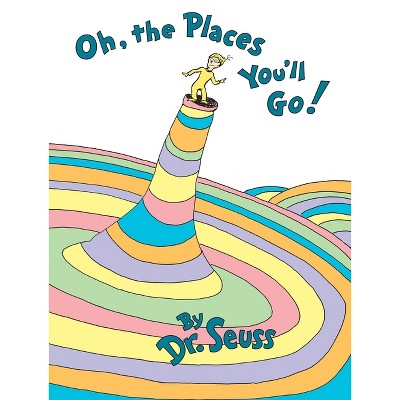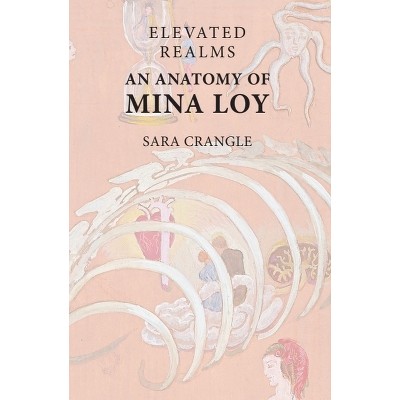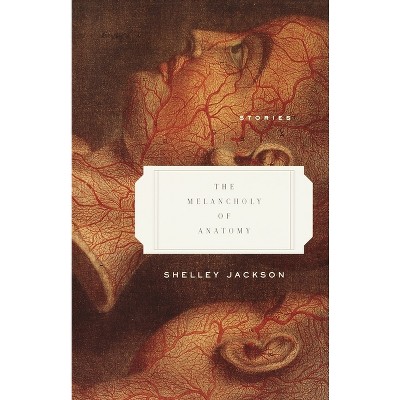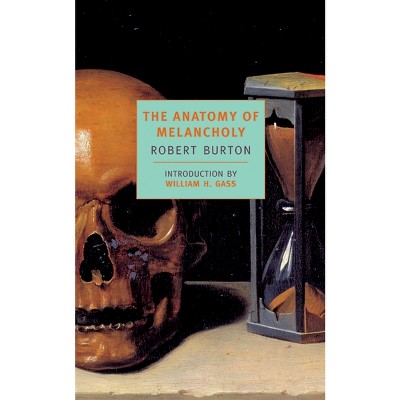About this item
Highlights
- A detailed study of John Keats's classic volume of poetry published in 1820 considered in the light of the history of melancholyFirst, book-length critical study of John Keats's collection of poems, Lamia, Isabella, The Eve of St Agnes, And Other Poems (1820)Considers the anthology as a poetically and thematically unified collection, instead of the more usual method of analyzing the poems in chronological order of writingProposes that the main theme running through the volume is melancholy, a very capacious medical category extending back to ancient Greco-Roman writers, through the Renaissance, and the subject of literary cults in the Romantic ageThe first detailed study of Keats's markings and annotations on his copy of Robert Burton's The Anatomy of Melancholy (1621) which was his favourite book during 1819 when he was writing the poemsThis book examines John Keats's immensely important collection of poems, Lamia, Isabella, The Eve of St Agnes, And Other Poems (1820), and is published in the volume's bicentenary.
- About the Author: Robert White FAHA is Emeritus Winthrop Professor of English at the University of Western Australia and a Chief Investigator in the Australian Research Council Centre of Excellence in the History of Emotions 1100-1800.
- 248 Pages
- Literary Criticism, European
Description
About the Book
This book examines John Keats's immensely important collection of poems, Lamia, Isabella, The Eve of St Agnes, And Other Poems (1820), and is published in the volume's bicentenary.
Book Synopsis
A detailed study of John Keats's classic volume of poetry published in 1820 considered in the light of the history of melancholy
First, book-length critical study of John Keats's collection of poems, Lamia, Isabella, The Eve of St Agnes, And Other Poems (1820)Considers the anthology as a poetically and thematically unified collection, instead of the more usual method of analyzing the poems in chronological order of writingProposes that the main theme running through the volume is melancholy, a very capacious medical category extending back to ancient Greco-Roman writers, through the Renaissance, and the subject of literary cults in the Romantic ageThe first detailed study of Keats's markings and annotations on his copy of Robert Burton's The Anatomy of Melancholy (1621) which was his favourite book during 1819 when he was writing the poems
This book examines John Keats's immensely important collection of poems, Lamia, Isabella, The Eve of St Agnes, And Other Poems (1820), and is published in the volume's bicentenary. It analyses the collection as an authorially organised and multi-dimensionally unified volume rather than as a collection of occasional poems. R. S. White argues that a guiding theme behind the 1820 volume is the persistent emphasis on different types of melancholy, an ancient, all-consuming medical condition and literary preoccupation in Renaissance and Romantic poetry. Melancholy was a lifelong interest of Keats's, touching on his medical training, his temperament and his delighted reading in 1819 of Burton's The Anatomy of Melancholy.
From the Back Cover
'White's groundbreaking book combines two exceptional dimensions of Keats's career into one compelling argument: the genius of the 1820 collection and the significance of Robert Burton's Anatomy of Melancholy for Keats's poetry. White goes where no-one has gone before: he unravels and decodes the marvelous pyrotechnics of Burton's proto-psychological medical text into a deepened, enhanced understanding of Keats's final collection.' Heidi Thomson, Victoria University of Wellington John Keats's classic volume of poetry, considered in the light of the history of melancholy This book examines John Keats's immensely important collection of poems, Lamia, Isabella, The Eve of St Agnes, And Other Poems (1820), and is published in the volume's bicentenary. It analyses the collection as an authorially organised and multi-dimensionally unified volume rather than as a collection of occasional poems. R. S. White argues that a guiding theme behind the 1820 volume is the persistent emphasis on different types of melancholy, an ancient, all-consuming medical condition and literary preoccupation in Renaissance and Romantic poetry. Melancholy was a lifelong interest of Keats's, touching on his medical training, his temperament and his delighted reading in 1819 of Burton's The Anatomy of Melancholy. R. S. White is Emeritus Winthrop Professor of English at The University of Western Australia. Isabella and the Pot of Basil, 1907 (oil on canvas), Waterhouse, John William (1849-1917) / Private Collection / Photo (c) Christie's Images / Bridgeman Images 978-1-4744-8045-1Review Quotes
Keats's Anatomy of Melancholy is both a fine book and a fitting tribute to the 1820 volume, Lamia, Isabella, The Eve of St Agnes and Other Poems, published as it is two hundred years after the collection it commemorates and does such a scrupulous job of examining. [...] White combines a bibliographic approach with close reading... The result is an engaging and erudite book, which helped me see the final published volume of verse and many of its poems in a fresh light.--Matthew Ward, University of Birmingham "Romanticism"
As the most in-depth study to date of The Anatomy of Melancholy as an important intertext for Keats's 1819 poetry; of the Lamia volume as a unified whole; and of the pervasiveness of sorrow and mental suffering in Keats's work, White's book makes a valuable contribution to scholarship on the poet.--Beth Lau, California State University "European Romantic Review"
White makes a very convincing case that ought to alter the way these poems are read in the future [...] Keats's Anatomy of Melancholy makes a compelling case for understanding Burton's book as part of a multifarious dialogue that provoked some of Keats's deepest reflections on the creativity and pathology of the imagination (and their inter-relation). [...] Deeply attentive to Keats's own attention to the words on the page, it shows how Burton's words could spark with the poet's own powder trails of thought to provide one of the great firework displays of the period's poetry.--Jon Mee, University of York "The Keats-Shelley Review"
White's groundbreaking book combines two exceptional dimensions of Keats's career into one compelling argument: the genius of the 1820 collection and the significance of Robert Burton's Anatomy of Melancholy for Keats's poetry. White goes where noone has gone before: he unravels and decodes the marvellous pyrotechnics of Burton's proto-psychological medical text into a deepened, enhanced understanding of Keats's final collection.--Heidi Thomson, Victoria University of Wellington
About the Author
Robert White FAHA is Emeritus Winthrop Professor of English at the University of Western Australia and a Chief Investigator in the Australian Research Council Centre of Excellence in the History of Emotions 1100-1800. He has held a Fellowship at the Humanities Research Centre, ANU, an Australian Research Council Professorial Fellowship, and recently the Senior Visiting Research Fellowship at Magdalen College, Oxford. His publications are mainly in the field of early modern literature, especially Shakespeare, and also Romantic literature. Monographs include Keats's Anatomy of Melancholy (Edinburgh University Press, 2020); John Keats: A Literary Life (Palgrave Macmillan, 2010, revised ed. 2012); Pacifism in English Literature: Minstrels of Peace (Palgrave Macmillan, 2008); Natural Rights and the Birth of Romanticism in the 1790s (Palgrave Macmillan, 2005); and Natural Law in English Renaissance Literature (Cambridge University Press, 1996). Others include Avant-Garde Hamlet (Fairleigh Dickinson University Press, 2015); Shakespeare's Cinema of Love (Manchester University Press, 2016); Ambivalent Macbeth (Sydney University Press, 2018); and A Midsummer Night's Dream: Language and Writing (Bloomsbury Arden Study, 2020).
Shipping details
Return details
Trending Fiction












